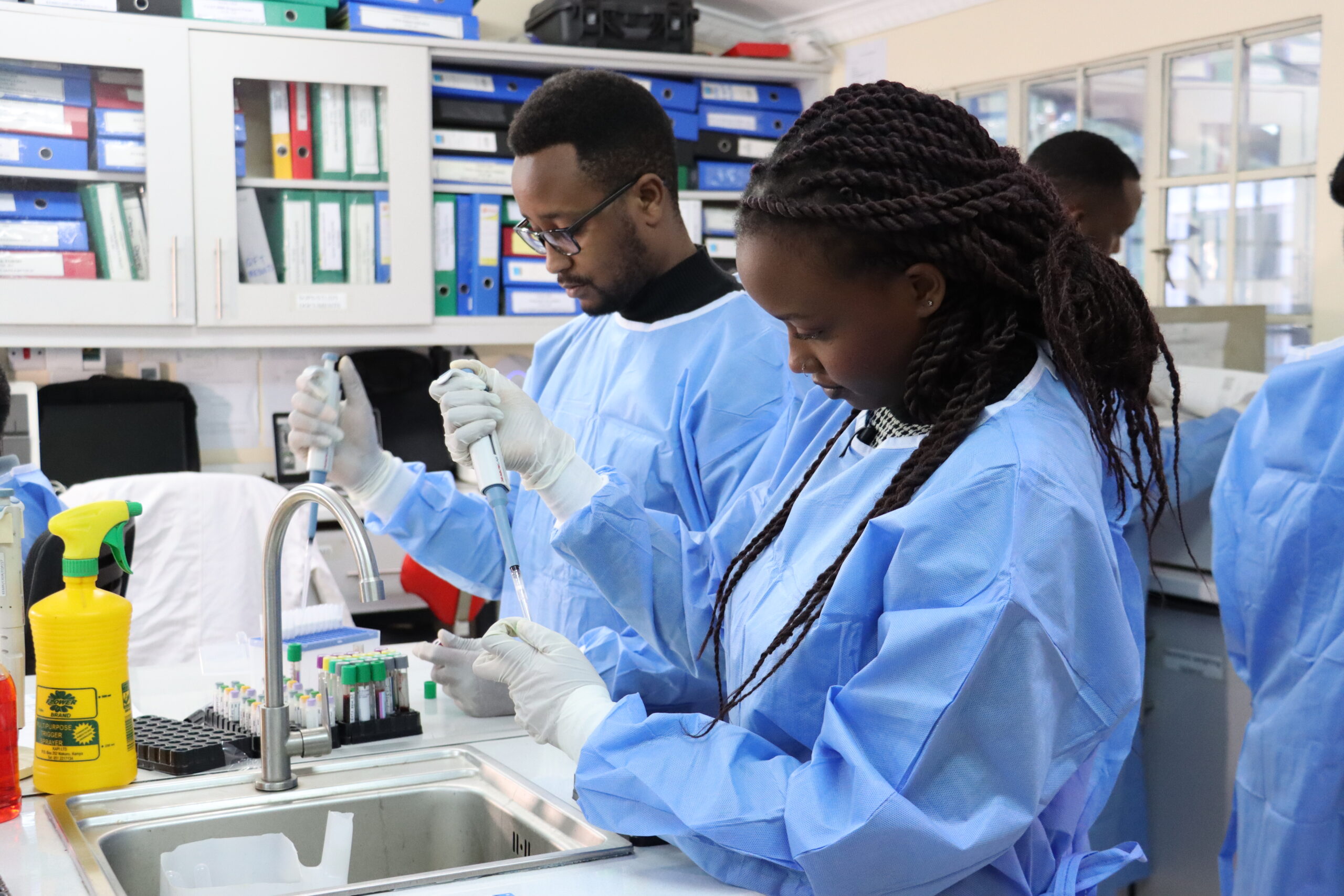
A nurse watches closely as a six month old boy breaths and exhales into a small hand-held device in Kisumu.
Within minutes, a result pops up on the screen – the child has tuberculosis.
There are no invasive needles.
No tedious sputum collection and the painful wait for lab results.
For thousands of Kenyan children at risk of tuberculosis, this breath test is a game-changer.
The Ministry of Health says although 6,000 children are diagnosed with TB every year, hundreds of other sick children go without diagnosis.
The gold standard for TB diagnosis remains testing sputum for the bacteria.
But small children are often not able to produce sufficient sputum to test.
Researchers have now been testing a hand-held device, called an electronic nose (e-nose), which can sniff out TB in the breath of small children and return results in about six minutes.
They tested the hand-held battery-powered nose device in 118 children at the Jaramogi Oginga Odinga Teaching and Referral Hospital.
The results, which will be published in December in the Tuberculosis journal, show a high promise for e-nose testing.
“We find breath analysis with an e-nose had a high sensitivity ( 86 per cent) and moderate specificity ( 42 per cent) among microbiologically confirmed TB in children aged younger than five years in Kenya,” the researchers said in their paper, titled, Exhaled breath analysis: A promising triage test for tuberculosis in young children.
“Although this did not meet the minimum World Health Organisation target product profile for a triage test, these results are encouraging for the future development of this approach,” the authors said.
WHO requires a product to have a sensitivity of more than 90 per cent and specificity of more than 70 per cent.
The higher the values the more accurate the test is in diagnosing a disease or condition.
Sensitivity refers to the ability of the test to identify the presence of a disease or illness correctly.
Specificity is the ability of the test to identify the absence of a disease or illness correctly.
The authors of the Kenyan study are from the Kenya Medical Research Institute and the Centres for Disease Control and Prevention.
Others are from the University of Oxford, Maastricht University Medical Centre, Yale University, Boston Children’s Hospital, the Harvard Medical School and the product maker the eNose Company.
In Kenya, infants and young children are at high risk of having severe and often fatal forms of TB.
TB deaths are higher among children under the age of five compared to older children between the ages of six and 14 years.
That is partly due to under diagnosis and lack of proper medicines for children.
The National Tuberculosis, Leprosy and Lung Disease Programme guidelines ask health workers to make all efforts to get a specimen for bacteriological confirmation of TB in children.
The e-nose test only diagnoses children with pulmonary TB, which attacks the lungs.
Most diagnosis in
Kenya is done using GeneXpert.
 © The Star 2024. All rights reserved
© The Star 2024. All rights reserved